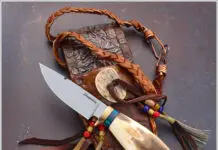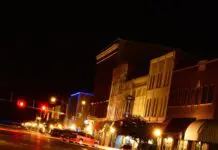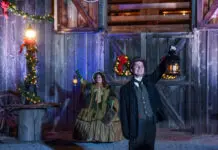For many drama fans, theater calls through the names of Sophocles, Shakespeare and Sondheim. For others, it’s Bruce Wayne.
Batman Live opens at Chesapeake Energy Arena in Oklahoma City on Oct. 10. It isn’t the classic drama, comedy or musical usually associated with stage performance, but this touring production promises a story with all the action, visual effects and plenty of theatrical devices any critic could ever hope for.
Adapted from DC Comics’ characters and stories, Batman Live is set in infamous Gotham City, where it takes the audience through the story of billionaire philanthropist Bruce Wayne and his ward, Dick Grayson, who become the Dark Knight and sidekick crusader Robin. Both bent on avenging the murders of their loved ones and ridding the city of criminals, they battle the star players of this underworld, including the Penguin, Catwoman, the Riddler, Poison Ivy, Two Face and, of course, the mastermind Joker.
Batman Live is not a musical, although choreography and acrobatics are used throughout against a screen backdrop transforming the arena – with the help of lighting and props – into Wayne Manor, Arkham Asylum, the Bat Cave, Haley’s Circus and more.
Add to the thrills set pieces such as a newly designed Batmobile ready to blaze onto stage, some dandy pyrotechnics and a healthy suspension of disbelief, and you have a stage spectacular that could create a new audience for theater. Well, maybe.
Batman Live will have eight performances in Oklahoma City at 7 p.m. Oct. 10-12; 11:30 a.m. and 3:30 and 7:30 p.m. Oct. 13; and at 1 and 5 p.m. Oct. 14.
Tickets are $19.50-$69.50. For details, visit www.chesapeakearena.com.
The production tour is scheduled to play the BOK Center in Tulsa Dec. 19-23.























